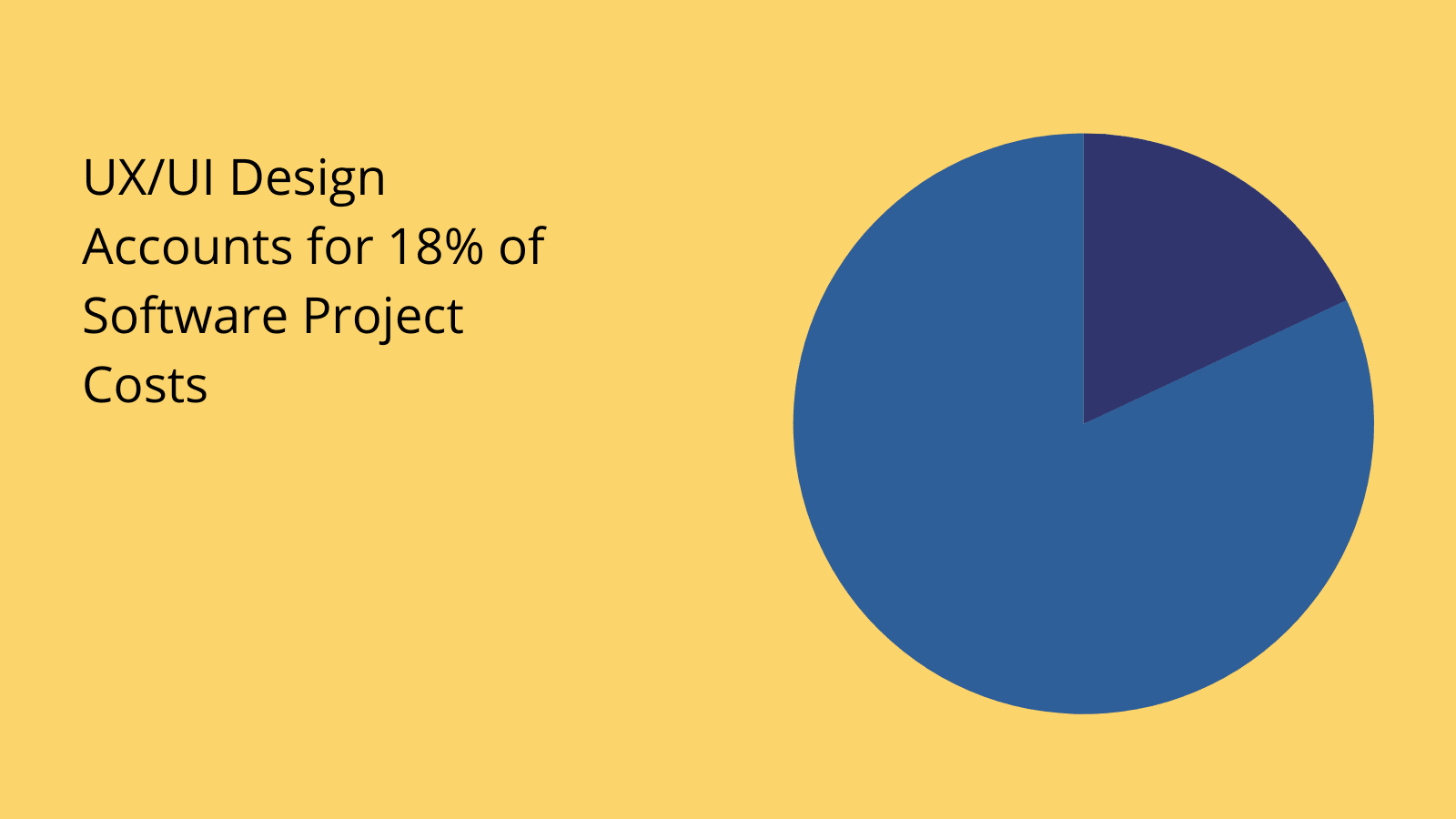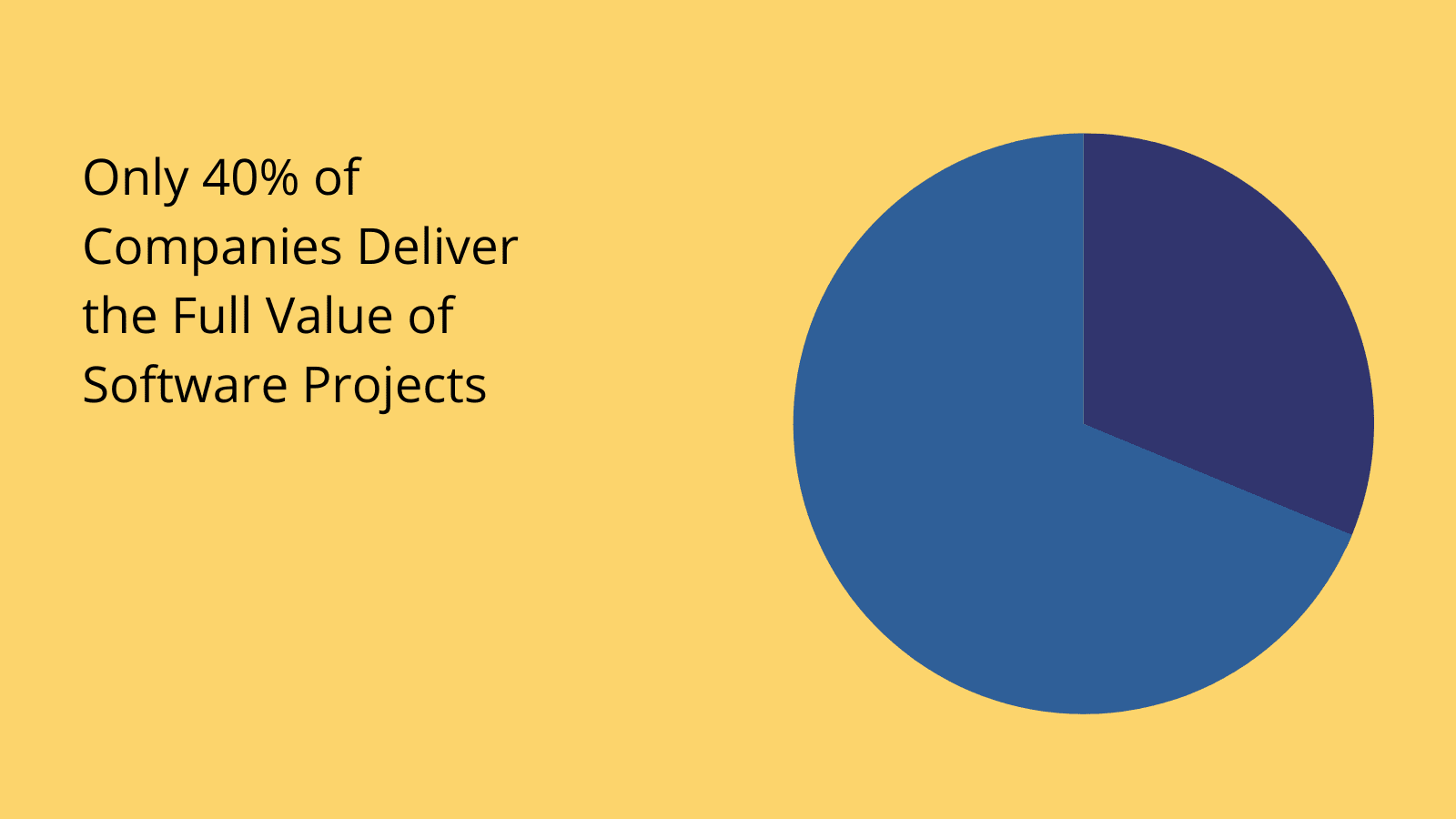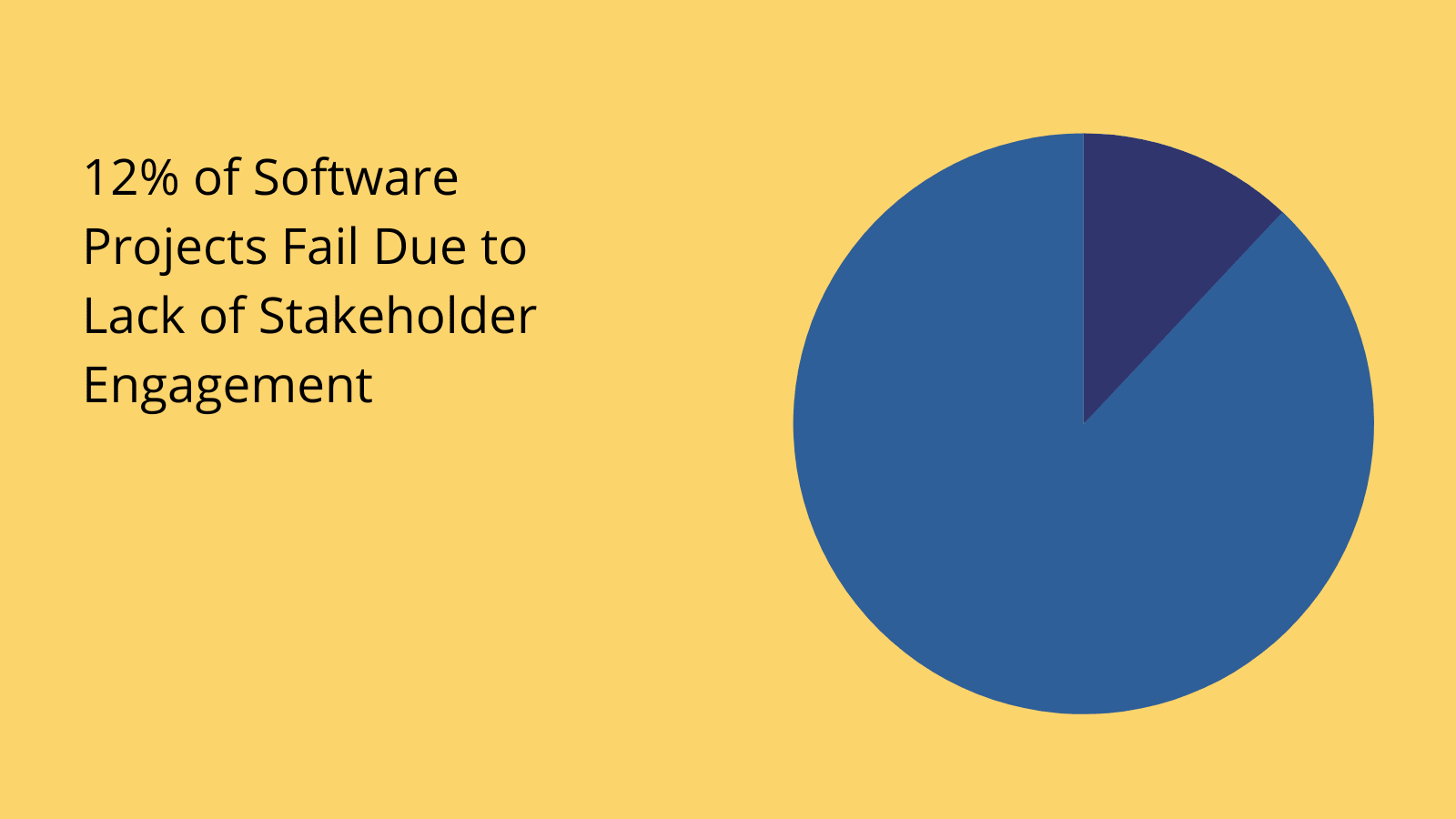Prototype vs MVP | What’s the Difference?
The early stages of application development are critical. A huge part of this is gathering early user feedback. Today we’re comparing two approaches as we explore the differences between building a prototype vs an MVP.
See, even the most basic application development projects can be expensive, drawn-out processes.
From initial ideation, it could be months or even years before the final product is live and in the hands of users.
If we fail to adequately identify and address issues with our approach early in the process, we risk some pretty costly issues down the line.
It’s not that uncommon for companies to incur huge costs and time building custom solutions that don’t actually solve their target user’s core problems. Of course, when this happens, it’s a big, expensive problem.
Today, our goal is to outline the key similarities and distinctions between both prototypes and MVPs - along with the relative benefits, challenges, and ideal use cases for each.
Then, we’ll wrap up by examining some of the tools and strategies we can employ, as well as how the gap between these two approaches to early product development is closing.
But, let’s kick off with the basics.
Prototype vs MVP: definitions
For a little bit of context before we check out the formal definitions - what we’re dealing with here are effectively two distinct but related approaches to building representative versions of applications.
They share the goal of giving developers and prospective users alike an opportunity to try out an early version of your product idea, in order to see how it works in the real world, provide feedback, and ultimately get a better sense of what the end product ought to be.
With that in mind, let’s check out what each one actually is in turn.
What is a prototype?
Of the two, you’re more likely to be familiar with an application prototype. Is a demoable version of an app that’s built to show how the final product will work - or at least how it could work.
The priority is on the look and feel of the application - so the bulk of the effort in building a prototype will often go into the UIs.
However, the majority of prototypes also include the core features of the intended end product - although all of the capabilities might not be fully realized.
In other words, the idea is to show how it will work and prove that it can work, rather than to actually get it working as such.
So, we might use dummy data to demonstrate how different user interactions and automated processes are performed - without necessarily having these 100% developed.
The core goal is to provide users with something that they can provide feedback on, before our developers go away and create a working solution.

What is a minimum viable product (MVP)?
MVP stands for minimum viable product. Whereas a prototype mainly seeks to demonstrate the look and feel of an application, an MVP is built with the intention that it should actually work in the real world.
However, as the name suggests, an MVP is the most lightweight, simplistic version of the application that can adequately meet the core requirements of the use case at hand.
So, this might still lack some of the more advanced features that we’d eventually like to implement, but we will build out all of the functionality that’s needed to get a working solution online - for whatever problem we’re trying to solve.
The idea of an MVP first emerged in the world of SaaS startups - where early-stage companies would use them to get a working application on the market to start acquiring users as quickly as possible.
However, nowadays, it’s a methodology that’s more widely adopted in internal and commercial software development settings.
Say we were building an internal tool for managing some business process. If we can bring the most important functionality that’s going to make the biggest operational impact online as quickly as possible, we’ll obviously benefit hugely.
We can then gradually expand the capabilities of our process application over time.
In other words, a minimum viable product doesn’t sacrifice good for perfect. Rather, the goal is to provide the maximum amount of value to users, as quickly as we can.

When are prototypes and MVPs built?
So, we can already see some pretty important distinctions between prototypes vs MVPs. The next thing we want to think about is the context that each is typically built in.
We obviously know that both relate to application development projects. Indeed, either can be used when building commercial, internal, or consumer-facing software.
For our purposes today, we’re mainly concerned with how each is used in the context of internal use applications though. Even with this narrower focus, there are important distinctions between the kinds of development projects that lend themselves to each.
It’s also worth noting that this isn’t necessarily an either/or decision. In fact, there are countless scenarios where it might be helpful to create both at different stages of a single development project.
Let’s check out some of the key situations where each is most commonly leveraged.
Prototypes
Prototyping is a core part of traditional SDLCs - including both Agile and Waterfall methodologies. But - it’s especially important in the context of large-scale software projects - with relatively complex functionality.
So, after initial requirements gathering and wireframing, development teams will go away and create prototypes to bring back to users, decision-makers, or other stakeholders.
The idea is to get feedback and - ultimately - approval on their proposed solution. Then, they can start to build the real thing.
This might be done for the project as a whole or for individual features or modules.
But, let’s circle back to how the scope and complexity of the project influence whether or not it’s worth building a prototype.
The key factor here is the amount of time and effort that we’d have to go through to get a functional solution off the ground to gather user feedback. This is a sunk cost if we have to go back and make changes.
Therefore, the bigger the project, the more important it is to get user input as early in the process as possible.
You might also like our guide to open-source low-code platforms .
MVPs
MVPs are leveraged in a slightly different context. Actually, there are a couple of scenarios we can explore here.
First, there are comparatively simple solutions where it might be extraneous to follow a traditional development lifecycle by gathering requirements and building a prototype before starting proper development.
For an extreme example, say we could get 90% of the work of building an internal tool done in a week. It mightn’t be a good use of time to spend two days building a prototype and then a further day chasing approval in this case.
So, MVPs are often a more cost-effective alternative to traditional prototyping in relatively small-scale development projects.
But, that isn’t to say that the minimum viable product approach isn’t helpful in other scenarios too. We might also opt for an MVP in larger-scale projects - but later in the process than we would with a prototype.
As we said earlier, the goal of a minimum viable product is to begin adding value for users as quickly as possible.
Therefore, an MVP might be built in the context of larger-scale internal applications in order to minimize the time to value.
However, as we’ll see a little bit later, there are certain kinds of projects where a high degree of centralization and control is required, which can easily preclude MVPs as an approach.
You might also like our guide to the top Microsoft Access alternatives.
Benefits of prototyping
First though, we should think about the respective benefits of each approach. Let’s start with prototyping.
These include:
- Making development projects more time and cost-effective by helping to identify potential issues quickly.
- Giving developers an opportunity to better understand the needs of on-the-ground users.
- Helping stakeholders to envision what the finished product will look like and how it will function - making it easier to achieve buy-in.
- Ensuring a good fit between the end product and real business requirements.
- Building usability and UX into the project at the earliest possible stage.
- Saving money on user testing down the line.
- Uncovering new requirements that might not have yet been discovered.
So, building a prototype is beneficial for both developers and end users. We can think of this as a bit like acting as a bridge between the initial ideation and requirements gathering phase and formal development work.

(R-Style )
Benefits of minimum viable products
Many of the benefits of building a minimum viable product are quite similar to those of prototyping, but there are also a couple of unique points that are worth spelling out.
The upsides of the MVP approach include:
- Allowing us to test out the core concepts behind our application without needing to build feature-heavy software.
- Bringing the majority of value to users more quickly.
- Prioritizing development workloads.
- Giving real-world users into how the product develops.
- Better informing our decisions for later product iterations.
- Deburdening the IT team by helping to get priority solutions live faster.
On top of these, we can also see many of the primary benefits of prototyping in terms of giving users a chance to provide feedback and helping to inform developers’ decisions - with the caveat that this happens at a later stage in the process.
Challenges and limitations
Of course, both prototyping and minimum viable products come along with their own challenges, downsides, and limitations.
We need to understand what these are if we want to be able to make an informed decision about how and when to use either approach.
So, in the case of traditional prototyping, we may encounter the following issues:
- User feedback may be contradictory or downright unhelpful.
- Creating prototypes requires additional labor before our project can begin.
- Gaining approval on prototypes can often be difficult, creating further costs and delays.
- When expectations are unclear, prototyping can contribute towards scope creep and project spillover.
- Prototyping doesn’t necessarily help us to develop a working product any faster, since we’re often focused on visual elements and indicative functionality.
Creating minimum viable products also presents its own difficulties, including:
- Without a prototype in place first, we’re not gathering user feedback until relatively late in the development process.
- Many businesses will settle for an MVP, and never carry out later development iterations, even if they were part of the original plan.
- MVPs often have less emphasis on user experiences, so UIs and other design elements can be less sophisticated.
- It’s risky to go to the expense of building an MVP if we’re unsure of the validity of our solution for larger-scale or more complex use cases.
- We don’t always know if our solution is going to be effective until we’ve actually built it when we opt for an MVP.
The thing is though - none of these issues are insurmountable. Rather, they’re an illustration of how important it is to choose the right approach to development in the right contexts - as we outlined earlier.
Tools and strategies for prototyping and MVP development
Before we wrap up, it’s worthwhile thinking about some of the specific tools and strategies that are commonly leveraged for building prototypes vs MVPs.
Now, to some extent, this is tied to the development tools that we’d be using for a given project otherwise.
But, we can still generalize to quite a large extent.
There are a bunch of dedicated prototyping tools on the market - aimed at slightly different users and applications. For example, tools like Figma are primarily focused on empowering teams to create visual illustrations of how the final app will look and feel.
Other solutions are more aimed at creating functional prototypes - putting greater emphasis on demo-ability, representative user paths, and gathering more in-depth UX feedback.
MVP development tools are a bit of a trickier prospect.
That is, since we’re trying to create an actual working product, there’s going to be quite a lot more variation here than we’d see with prototyping.
However, we can still point to some important trends. Remember, the idea of reusability is central. This can take a few different forms. So, some teams may still hard-code solutions but leverage reusable code libraries and design patterns.
More and more though, IT teams are relying on low-code development to output minimum viable products. The growing ubiquity of platforms like Budibase has led to a sea change in the way businesses build internal software.
Check out our round-up of digital transformation platforms to learn more.